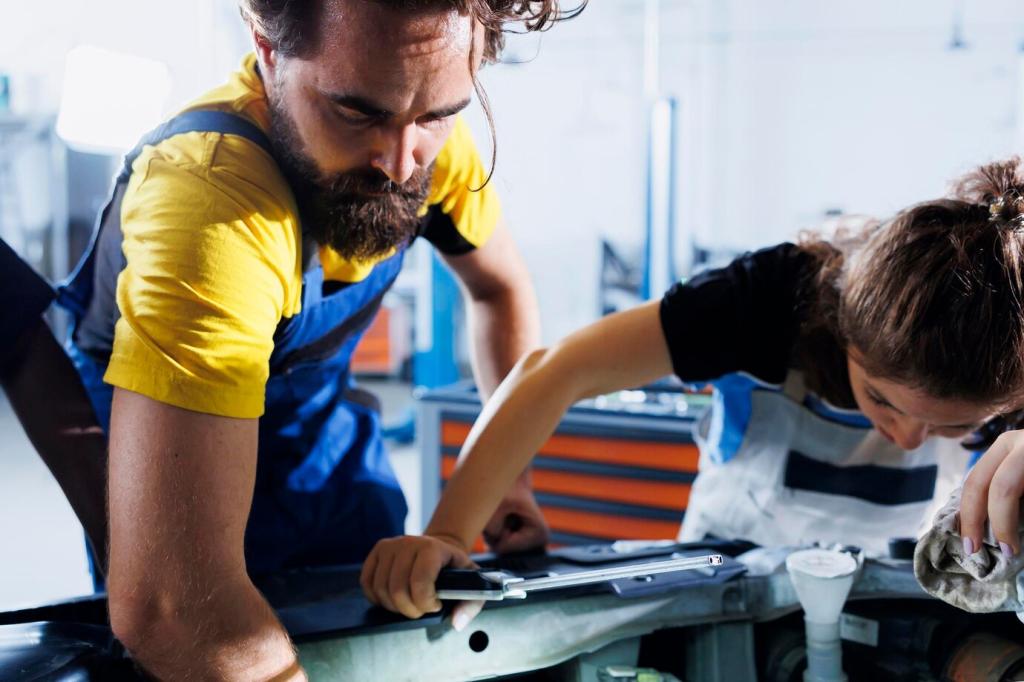Chosen theme: How to Patch and Repair Leather Furniture. Learn to diagnose damage, select the right tools, apply smart fixes, blend color invisibly, and protect your favorite pieces. Join the conversation and subscribe for weekly leather care inspiration.
Know Your Leather and the Damage
Aniline shows natural pores and absorbs quickly, while pigmented leather has a protective finish that resists stains and blends color differently. Bonded and faux leather behave unlike true hide, often requiring gentler adhesives and precise, minimal heat.
Scratches disturb only the finish, while cuts sever fibers and need a subpatch. Punctures are round and compress edges inward. Seam splits demand stitching or reinforcement. Measure length and location; stresses near arms need stronger backing and longer cure times.
A faded club chair seemed doomed, yet it needed color revival, not a patch. A light clean, subtle recoloring balm, and a matte topcoat brought it back. Diagnose first, repair second—share your own surprises in the comments below.
Gather the Right Tools and Materials
Choose a flexible, water-based leather adhesive that dries clear and stays supple. Subpatch materials like thin cotton, canvas, or leather backing stabilize tears. Tweezers, a palette knife, and a roller help position, bond, and flatten edges cleanly.



Patching a Tear: Step-by-Step
Clean gently with a dedicated leather cleaner, then a light alcohol wipe on the damaged zone. Insert a subpatch under the tear using tweezers, centering it beyond edges. Test-move the area; the subpatch should support without bulk or ripples.
Patching a Tear: Step-by-Step
Apply adhesive under the torn edges and onto the subpatch, then press edges level with a palette knife. Roll gently to eliminate bubbles. Wipe squeeze-out immediately. Align grain direction so the seam closes naturally and reads as one continuous surface.

Color Matching and Finishing That Disappears

Start slightly lighter than the surrounding tone and gradually deepen. Mix small batches, test on hidden areas, and dry fully between layers. Note your ratios, and share a quick swatch photo so others can compare formulas and results confidently.

Aftercare: Keep Repairs Strong and Beautiful
Dust with a dry, soft cloth weekly. Monthly, use a gentle leather cleaner and a small conditioner amount, avoiding oversaturation. Track how the repaired area feels over time, and update us in the comments if you notice changes or newfound resilience.
